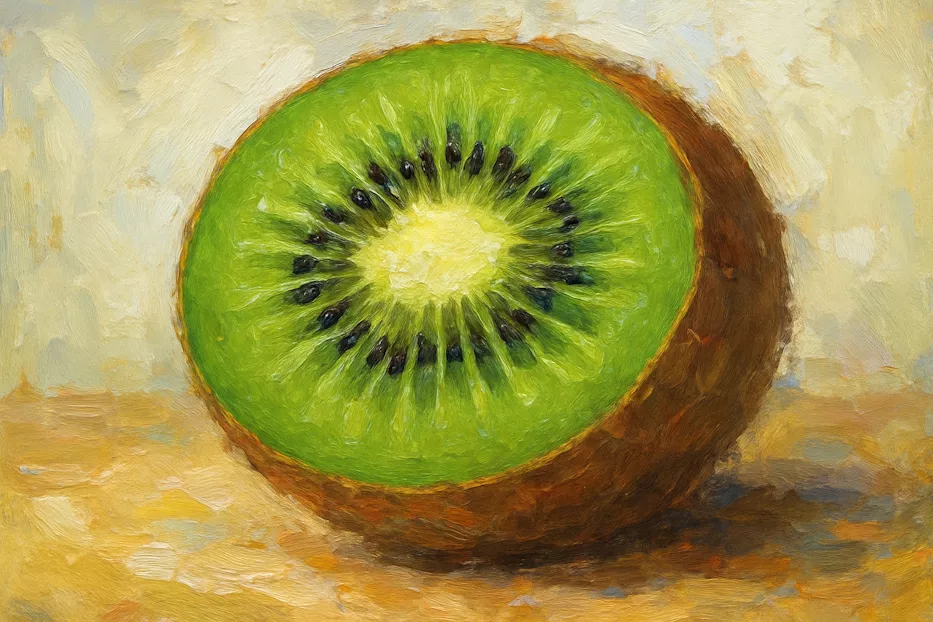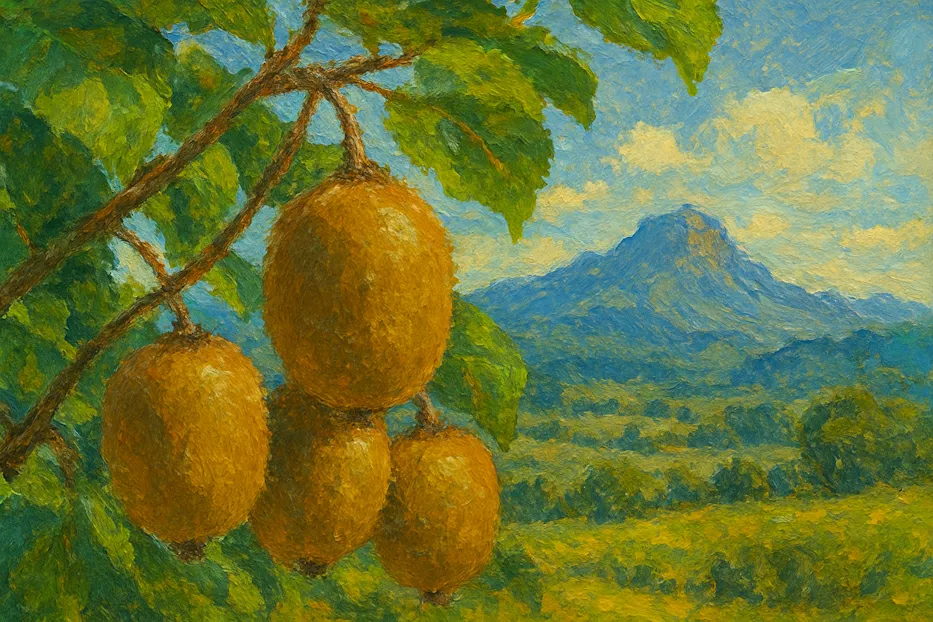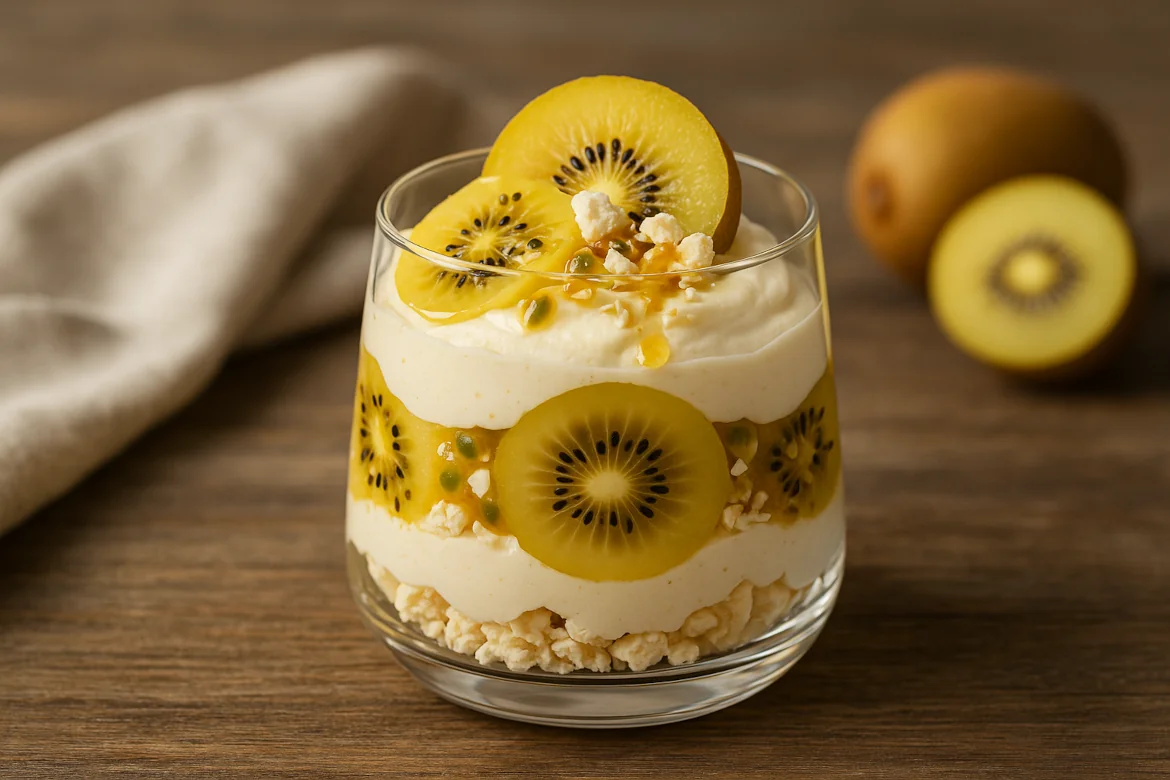Kiwifruit, often known globally as kiwi fruit, has become one of New Zealand’s most iconic exports, celebrated around the world for its unique flavor, vibrant green color, and impressive nutritional value.
Though originally from China, the fruit found a perfect home in New Zealand’s fertile North Island, where innovative growers transformed it into a global agricultural success. From the orchards of the Bay of Plenty to international supermarket shelves, the story of kiwi fruit is inseparable from New Zealand’s identity, culture, and economy.
Table of Contents
From China to the South Pacific
The kiwi’s journey began not in New Zealand, but in the misty valleys of China’s Yangtze River. There, the fruit — known as mihoutao or Chinese gooseberry — grew wild for centuries. In 1904, Mary Isabel Fraser, the principal of a girls’ school in Wanganui, returned from a visit to China with a handful of seeds. They were passed to Alexander Allison, a Whanganui farmer, who planted them in his garden. Within a few years, vines bearing small, tart fruit began to grow.
It wasn’t until the 1930s, however, that New Zealand horticulturalists began to cultivate and refine the species, Actinidia deliciosa, into what would become the familiar sweet, golden-green fruit we know today. The climate of New Zealand’s North Island, with its mild winters and abundant rainfall, proved ideal. By the 1950s, the fruit was being exported to Britain, where its exotic flavor and fuzzy exterior quickly won fans.
Originally sold as “Chinese gooseberries,” the name presented a marketing challenge during the Cold War. In 1959, exporters rebranded the fruit after New Zealand’s national bird, the flightless kiwi: a symbol of the nation’s uniqueness and tenacity. Thus, the “kiwi fruit” was born, and with it, a new agricultural identity.
The Birth of a Brand: Zespri and the Green Gold Rush
Today, kiwifruit is one of New Zealand’s most valuable horticultural exports. The industry’s modern success is largely attributed to Zespri, a grower-owned cooperative formed in 1997 to unify marketing efforts and protect the reputation of New Zealand kiwi fruit overseas.
Based in Mount Maunganui, Zespri manages a tightly controlled supply chain that ensures consistency in taste, appearance, and sustainability standards. The cooperative represents around 2,800 growers and exports to more than 50 countries, generating annual revenues exceeding NZD $4 billion.
The kiwi fruit’s evolution has also been scientific. While the familiar green variety remains a global favorite, it was the introduction of the SunGold variety in the 2010s that revolutionized the industry. Developed by Plant & Food Research in collaboration with Zespri, the SunGold (also known as Hort16A and later Gold3) offered a smoother skin, tropical sweetness, and greater resistance to disease.
This innovation came at a crucial time. In 2010, the bacterial disease PSA (Pseudomonas syringae pv. actinidiae) devastated kiwi fruit orchards across the North Island. Many growers faced financial ruin. But the resilience of the industry (and the adaptability of its scientists) turned crisis into renewal. Within five years, the SunGold variety had replaced much of the damaged crop, helping restore New Zealand’s global dominance in the market.
Cultivating a National Icon
New Zealand’s kiwi fruit industry is centered in the Bay of Plenty, particularly around Te Puke, often dubbed the “Kiwifruit Capital of the World.” Here, rolling green hills are covered with canopies of vines, their broad leaves shading the small, brown fruit from the sun.
The harvest typically begins in late March and continues through May. Each fruit is picked by hand: a delicate process requiring precision and care to avoid bruising. Once harvested, the fruit is quickly chilled and packed before being shipped by sea to destinations including Japan, China, the United States, and Europe.
Behind the serene image of orchards and sunshine, however, lies a highly sophisticated logistics operation. Zespri’s kiwifruit are tracked from vine to supermarket shelf, maintaining strict quality standards. Each shipment undergoes multiple checks for size, sweetness (measured in “brix” units), and firmness. This attention to detail has helped New Zealand kiwi fruit command a premium price compared to competitors from Italy, Chile, and Greece.
Sustainability and Innovation
As global consumers demand more sustainable and transparent food systems, New Zealand’s kiwi fruit growers are adapting. Zespri has pledged to become carbon positive by 2035, focusing on reducing emissions across its supply chain. Many orchards are moving toward regenerative agriculture, with cover crops, reduced pesticide use, and integrated pest management strategies that protect biodiversity.
Innovation also extends to packaging. Zespri has begun phasing out plastic in favor of recyclable cardboard trays and plant-based labels. In a world increasingly conscious of its ecological footprint, these steps help maintain New Zealand’s reputation as a producer of “green gold” — fruit grown in harmony with nature.
The country’s scientists are also exploring the next generation of kiwi fruit varieties. Research focuses on improving nutritional value, shelf life, and resistance to changing climate conditions. The kiwi fruit is already a powerhouse of nutrients, rich in vitamin C, dietary fiber, and antioxidants. A single kiwi fruit can contain more vitamin C than an orange, making it a global favorite among health-conscious consumers.

Kiwifruit and Kiwi Culture
While the fruit’s commercial success is remarkable, its cultural impact is equally profound. In New Zealand, “Kiwi” is not only the name of a bird or a fruit; it’s the affectionate nickname for the people themselves. The kiwi embodies the nation’s identity: humble, unique, and adaptable.
Visitors to New Zealand often find the kiwifruit woven into local cuisine. It appears in pavlovas, breakfast bowls, and craft beverages. In Te Puke, the Kiwi 360 complex once showcased a giant kiwi fruit structure visible from the highway: a symbol of local pride and the industry’s deep roots in the region’s economy.
For many New Zealanders, the kiwi fruit represents more than just an export commodity. It’s a testament to the country’s ability to innovate in harmony with the environment — a green emblem of its global reputation for quality and purity.
Competing in a Global Market
Despite its dominance, New Zealand’s kiwi fruit industry faces challenges. Global competition has intensified, particularly from Italy and China, both of which have expanded their production rapidly. Climate change also poses a long-term threat, with shifting weather patterns affecting flowering times and yields.
Moreover, intellectual property issues have arisen as New Zealand’s proprietary SunGold variety has been illegally propagated in parts of China, leading to legal disputes and economic losses. Zespri has responded with increased investment in biosecurity, plant variety rights enforcement, and traceability systems to protect its growers.
Yet, the cooperative model continues to give New Zealand an edge. By controlling supply and maintaining brand integrity, Zespri ensures that “New Zealand kiwifruit” remains synonymous with premium quality. Unlike many agricultural sectors fragmented by market pressures, the kiwi fruit industry’s collective approach allows it to adapt swiftly and strategically to global trends.
New Zealand’s Kiwi Fruits: A Green Future
As the world moves toward more sustainable food systems, the story of New Zealand’s kiwi fruit offers a blueprint for success. It shows how a small nation can take a foreign plant, nurture it with care, and turn it into an international phenomenon — one that balances profit with responsibility.
Standing in a Bay of Plenty orchard at harvest time, it’s easy to see why the kiwi fruit holds such significance. The vines hum with bees, the fruit glows beneath its canopy, and the air carries a faint sweetness. Here, at the intersection of nature and human enterprise, New Zealand’s green heart beats strong.


